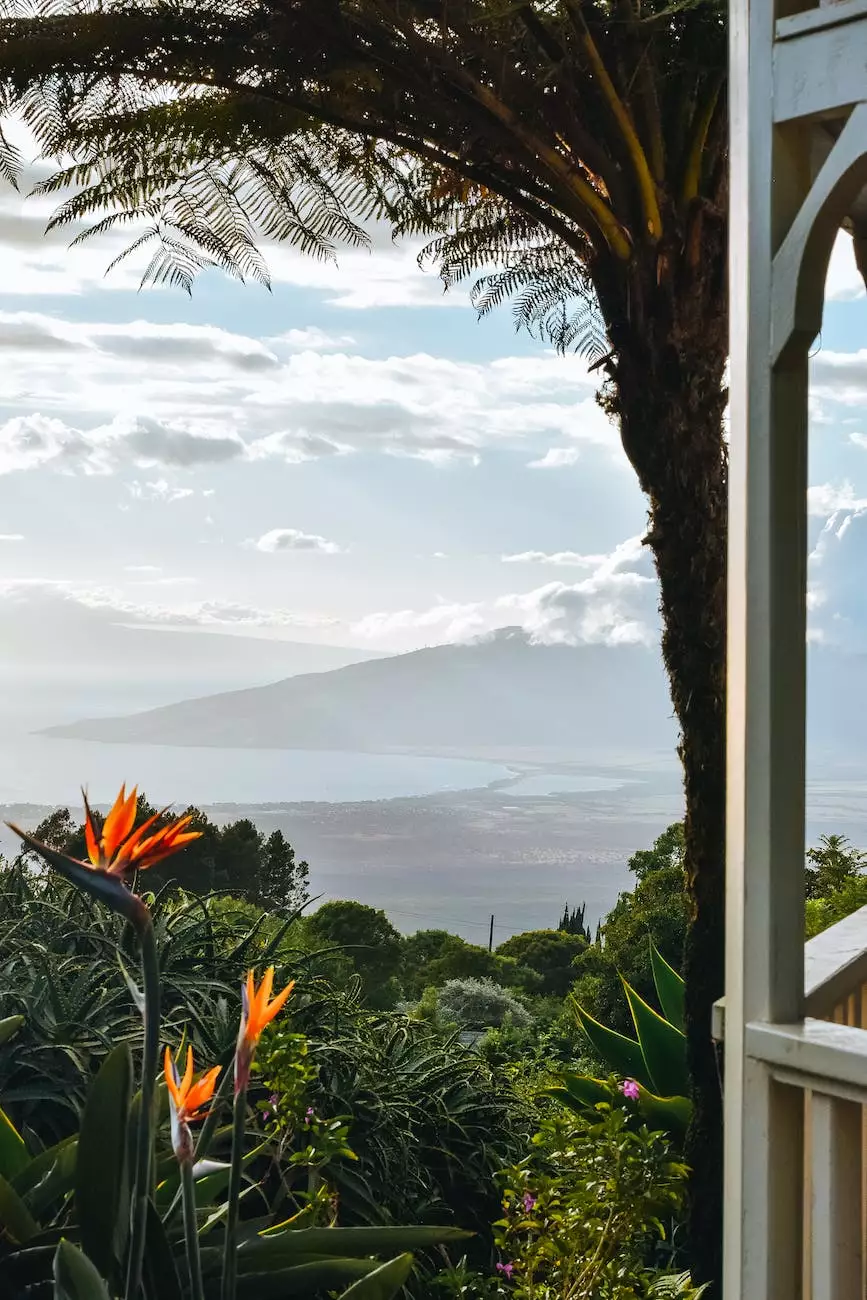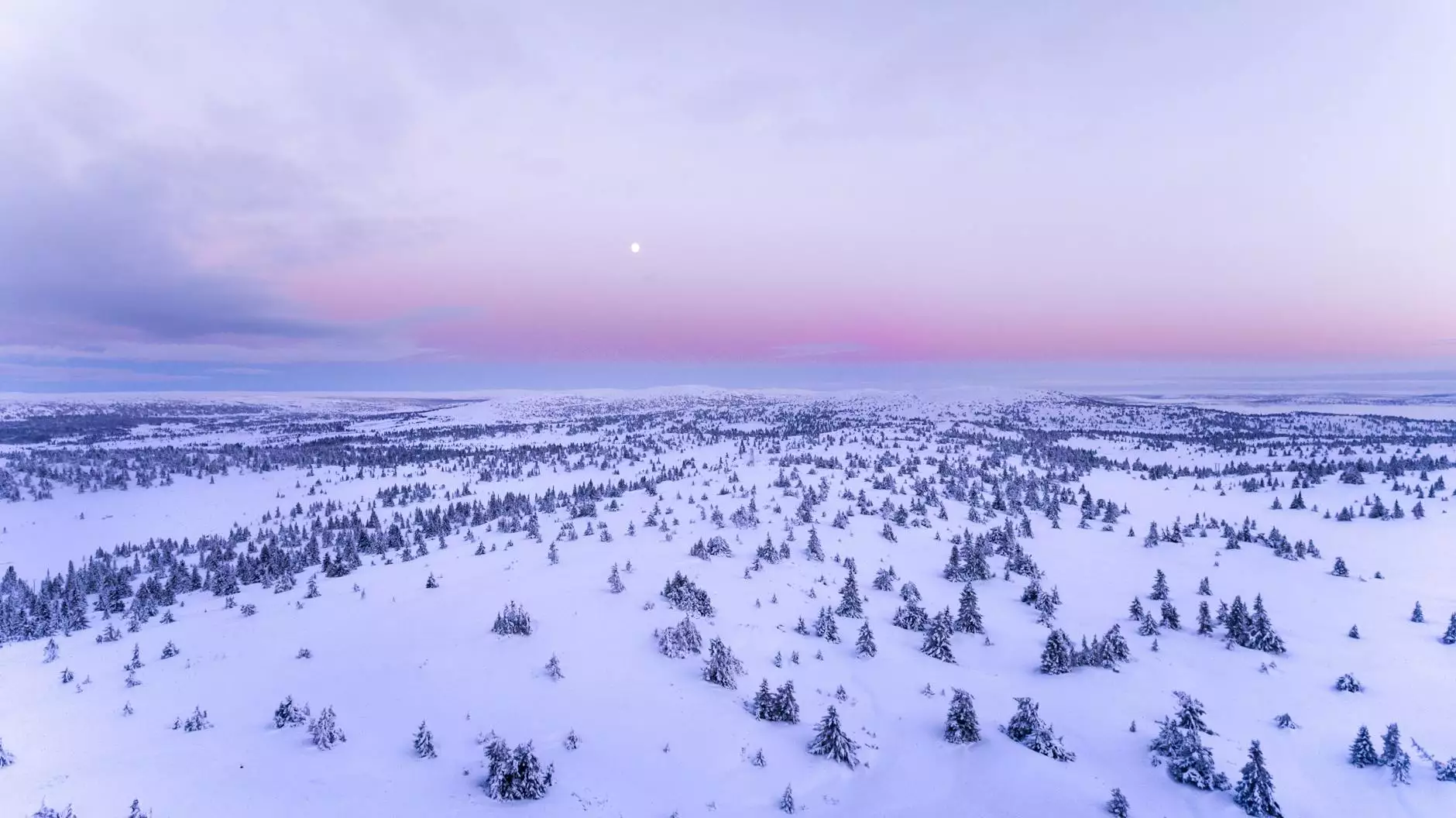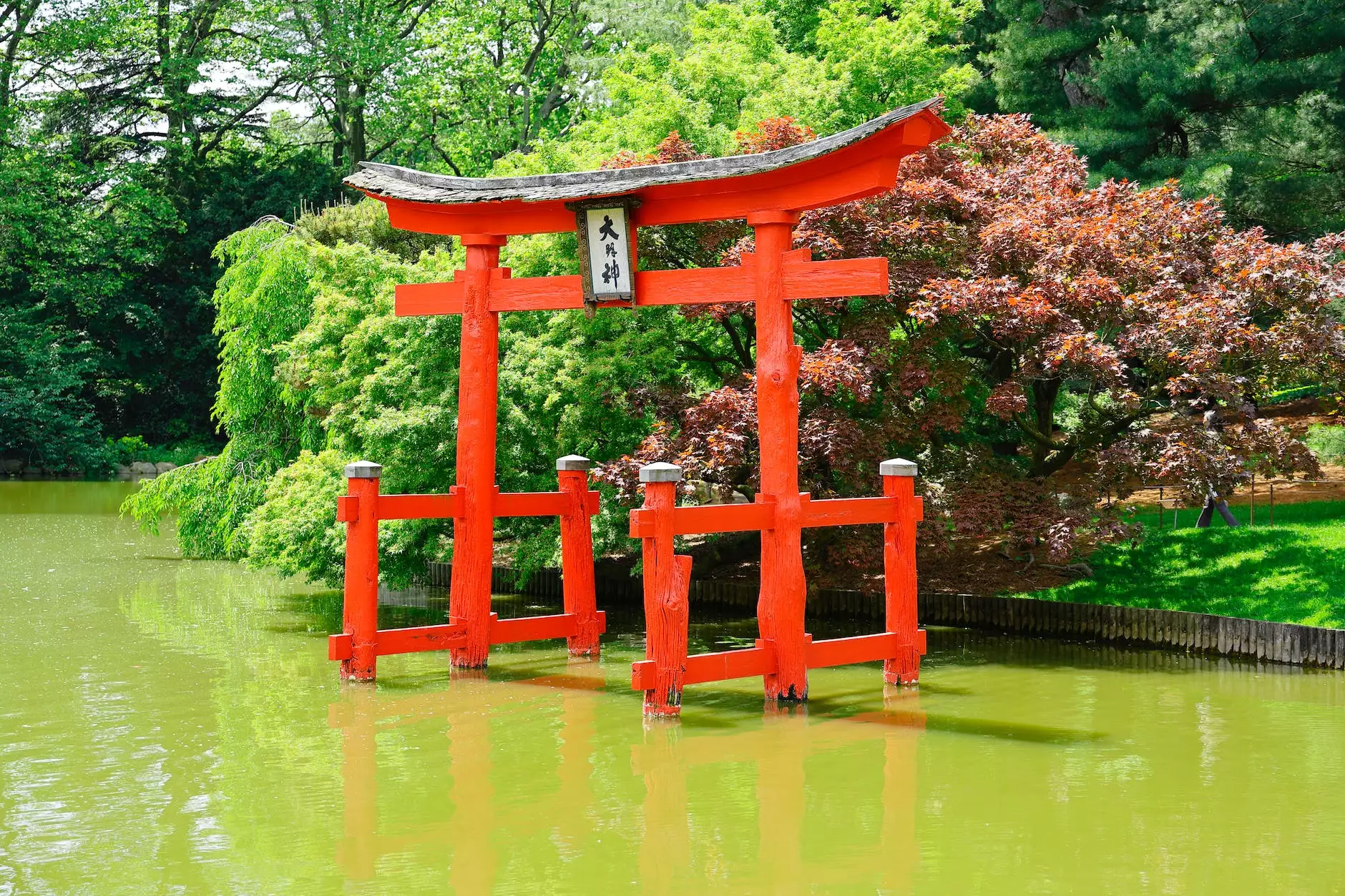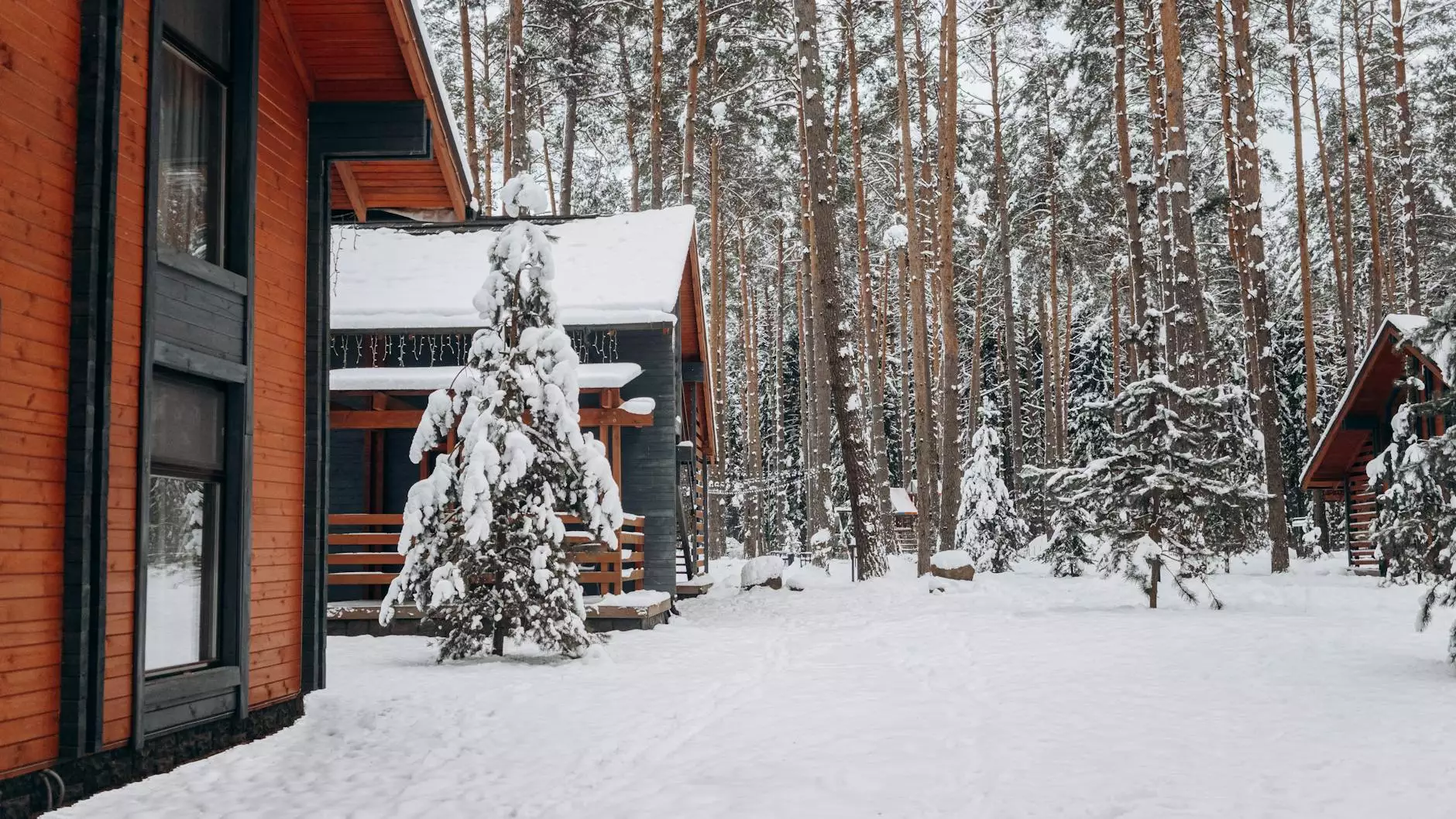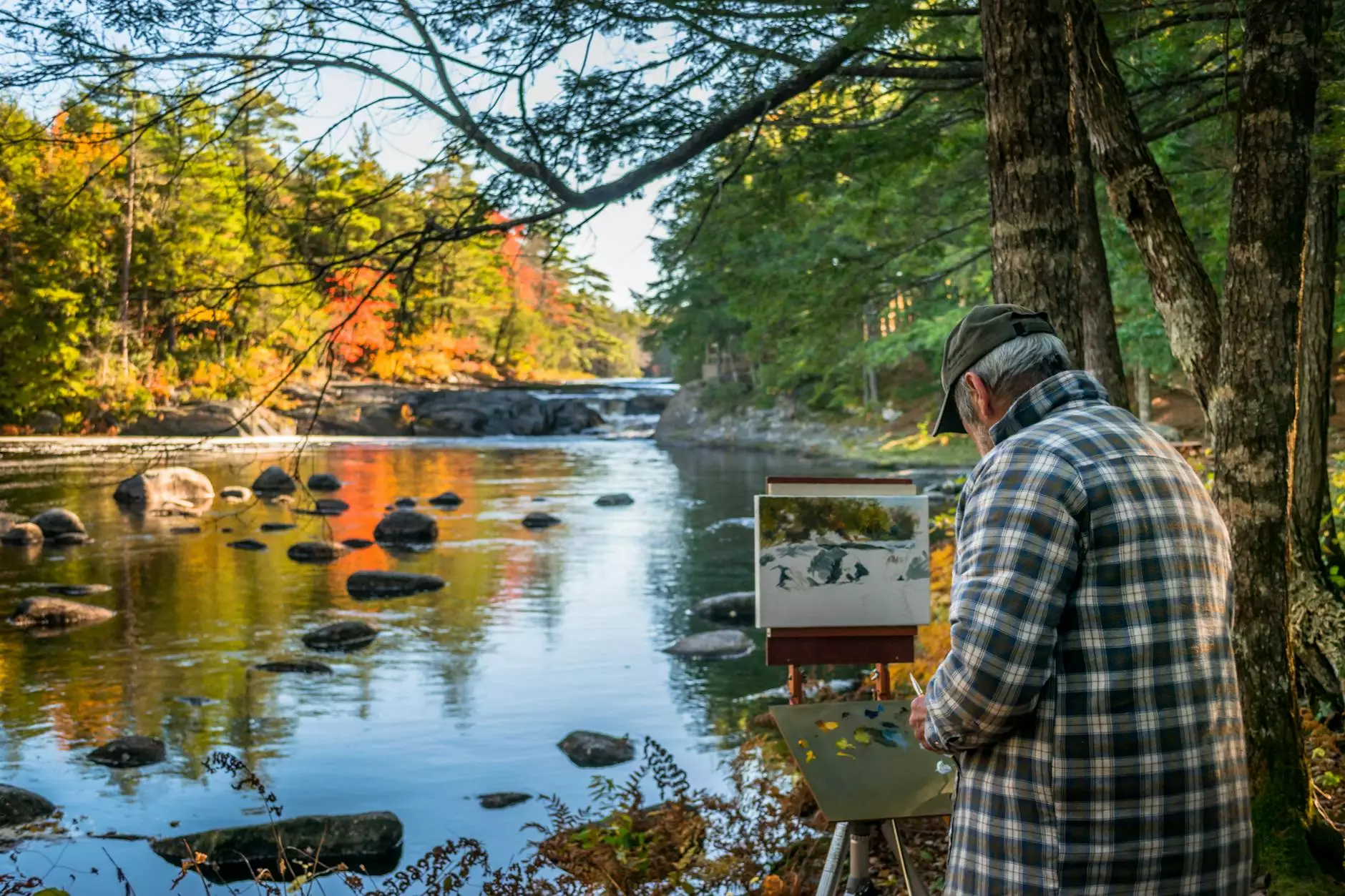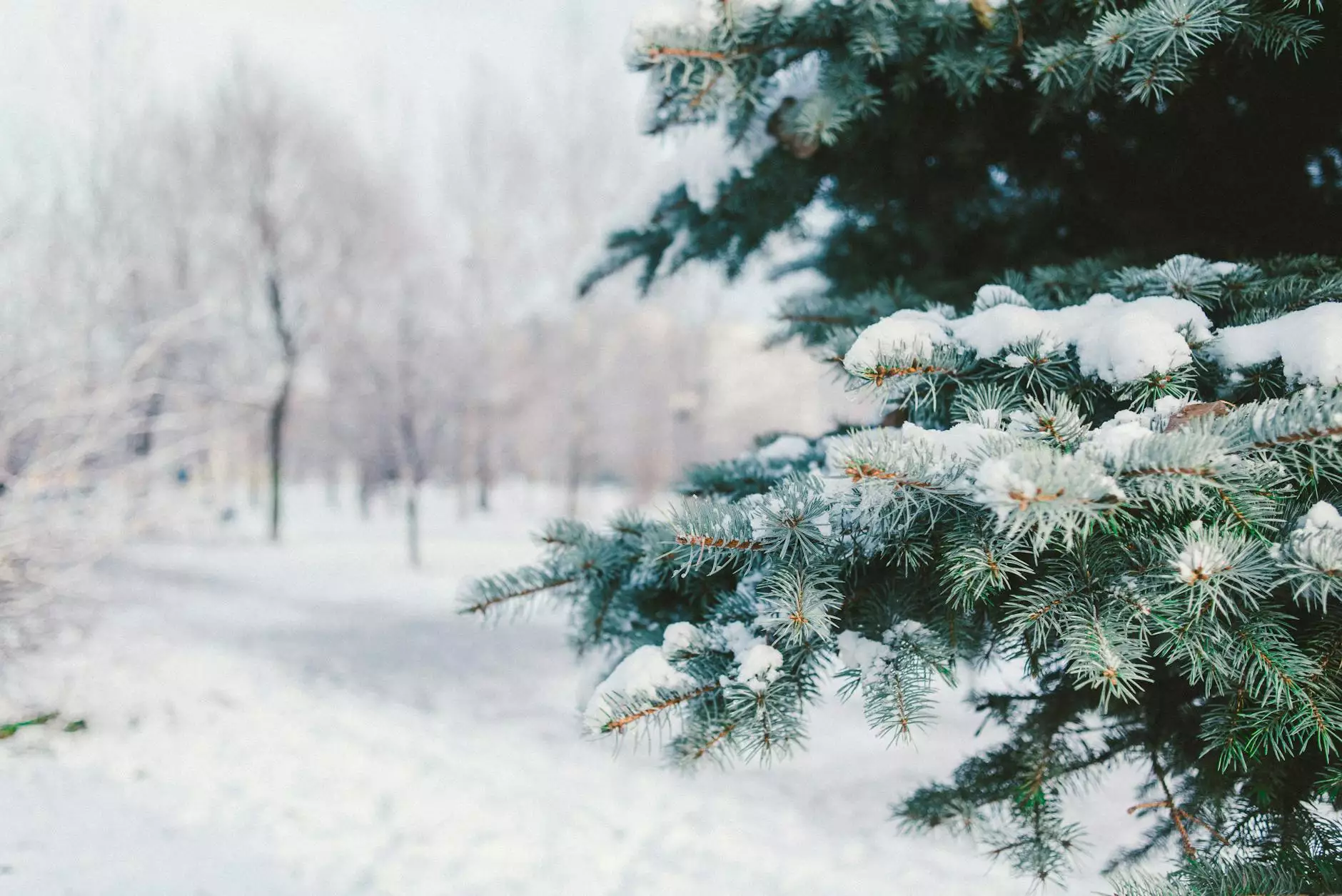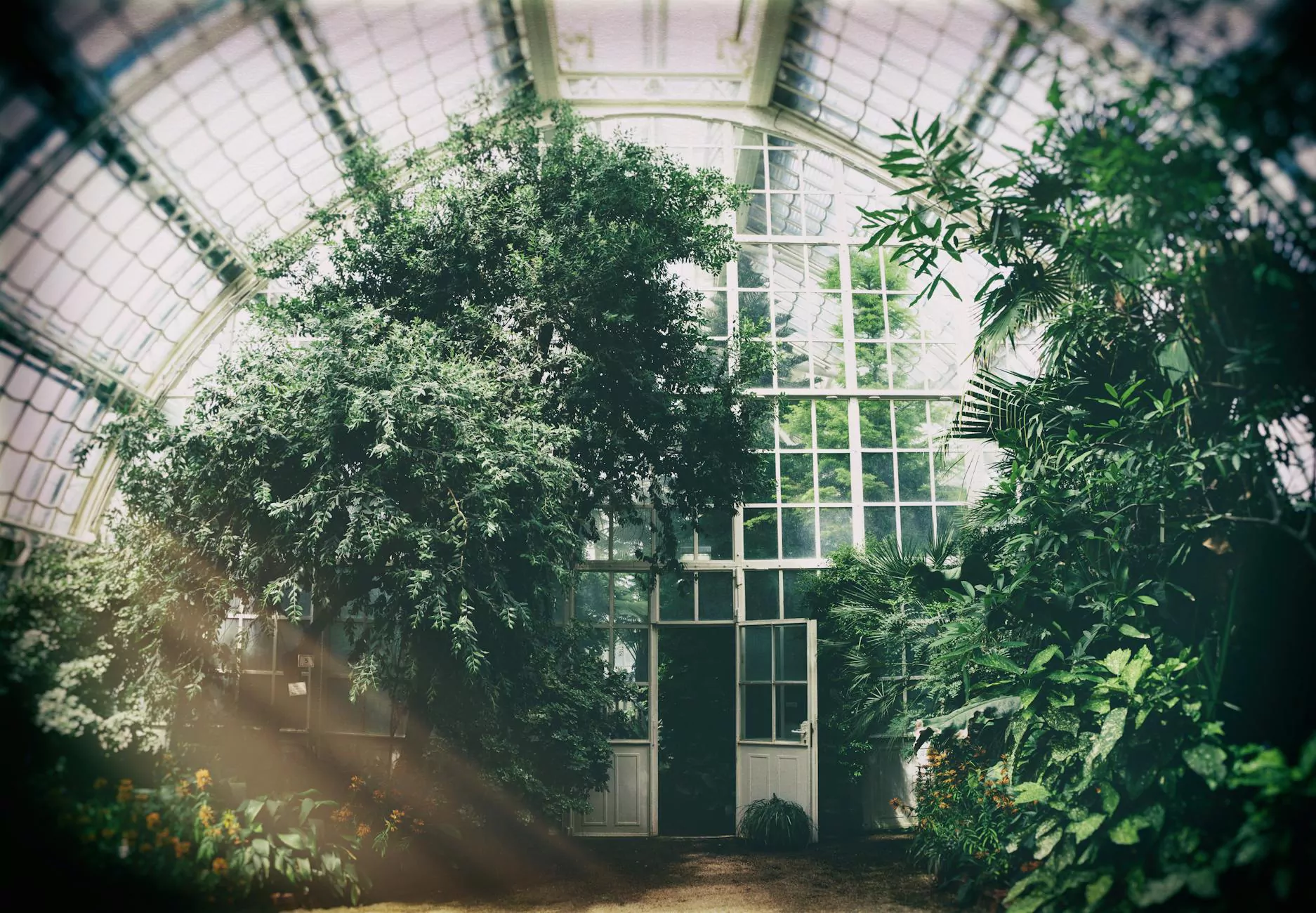DO NATIVE PLANTS REQUIRE LESS WATER?
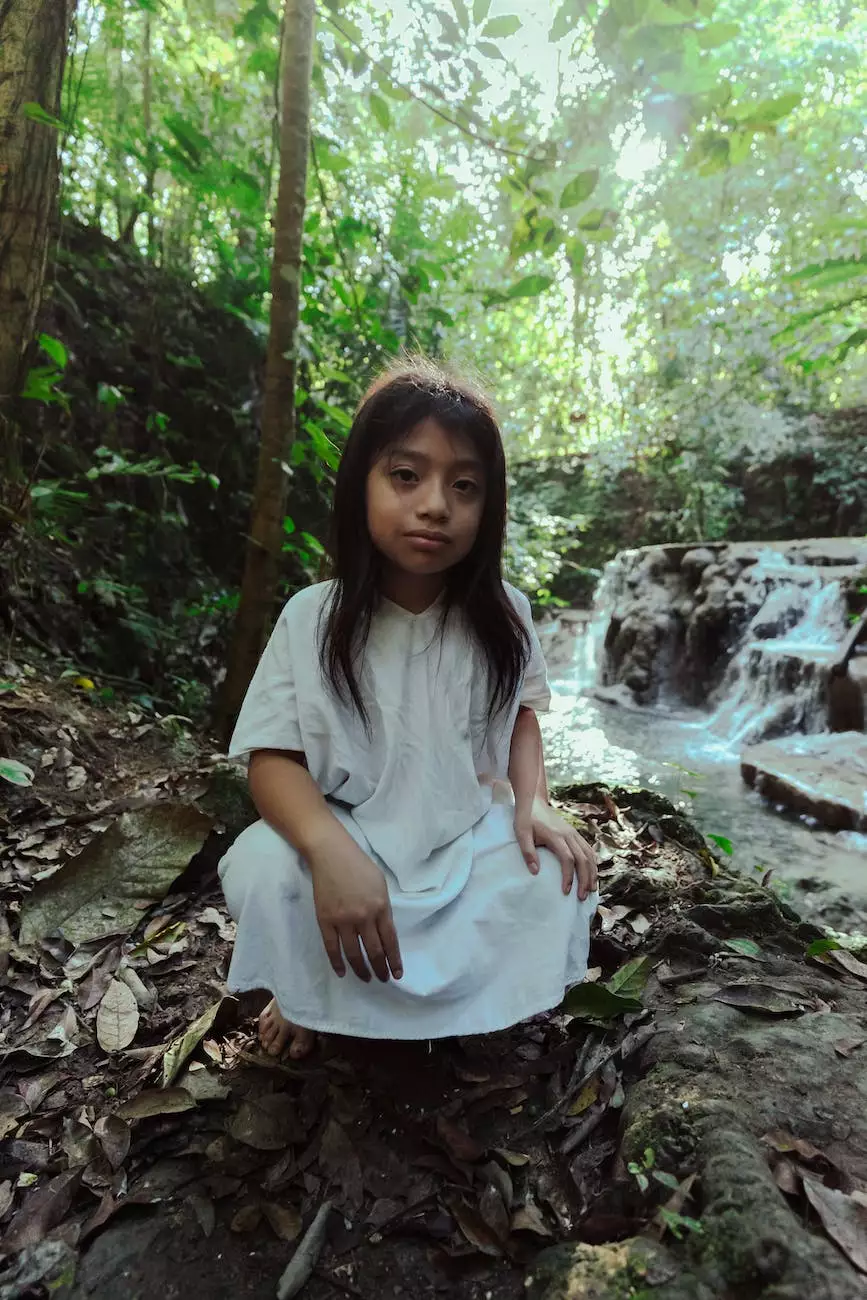
In the world of gardening, one of the most crucial aspects to consider is the amount of water required for maintaining healthy plants. As a homeowner, you may have wondered whether native plants truly require less water compared to introduced species. At American Pond & Gardens, we understand the importance of conserving water while cultivating beautiful landscapes. In this article, we will delve into the topic and shed light on whether native plants, indeed, require less water.
What Are Native Plants?
Native plants are species that occur naturally in a particular region or ecosystem. They have evolved and adapted to the local climate, soil conditions, and other environmental factors over thousands of years. Due to this adaptation, native plants typically require fewer external interventions, such as excessive watering or chemical fertilizers, to thrive successfully.
The Benefits of Native Plants
1. Water Efficiency:
Native plants have inherently developed efficient water-use strategies. Their deep root systems allow them to access water deep within the soil, reducing the need for frequent irrigation. Additionally, these plants have evolved to withstand local weather patterns, including periods of drought, making them more resilient to water scarcity.
2. Biodiversity Preservation:
By incorporating native plants into your garden, you contribute to the preservation of local biodiversity. Native plants provide essential habitats and food sources for various insects, birds, and other wildlife species, which play a crucial role in maintaining a healthy and balanced ecosystem.
3. Low Maintenance:
Native plants have adapted to their environment, making them naturally hardy and less prone to disease and pests. This resilience reduces the need for extensive maintenance, including excessive watering and pesticide application, saving you time, effort, and resources.
The Importance of Choosing Native Plants
Introducing native plants into your garden not only benefits the environment but also provides several advantages for you as a homeowner:
1. Reduced Water Usage:
As mentioned earlier, native plants require less water due to their water-efficient characteristics. By opting for native plants, you can significantly reduce your water consumption and contribute to water conservation efforts in your area.
2. Cost Savings:
Since native plants thrive in their natural environment, they rely less on fertilizers, pesticides, and other external inputs. This reduction in the use of chemicals and additional resources results in long-term cost savings for homeowners who choose native plant landscaping.
3. Increased Property Value:
The incorporation of native plants in your landscape design can enhance the overall aesthetic appeal of your property. Many potential homebuyers value native plantings, recognizing their positive impact on local ecosystems and sustainable living. As a result, investing in native plant landscaping can potentially increase your property value.
Choosing the Right Native Plants
Now that we have established the benefits of native plantings, it is important to select the right plants for your specific region and ecosystem. Consider the following factors:
- Climate: Choose plants that are well-suited to the temperature, rainfall patterns, and overall climate of your area.
- Soil Type: Different native plants thrive in different soil conditions. Identify the soil type in your garden and select plants accordingly.
- Shade and Sun Exposure: Understanding the amount of sunlight your garden receives is essential for selecting the appropriate native plant species.
- Water Availability: While native plants are generally more drought-tolerant, it is important to ensure they receive adequate water during their establishment period.
- Attractiveness: Consider the aesthetic appeal of potential native plant species. Look for a variety of colors, shapes, and textures to create a visually appealing landscape.
In Conclusion
Native plants, due to their natural adaptation to local conditions, generally require less water compared to introduced species. By incorporating native plants into your garden, you can conserve water, support local biodiversity, and enjoy cost savings. Remember to choose native plants that are well-suited to your region and consider consulting with landscaping professionals, like American Pond & Gardens, for expert guidance and recommendations.

